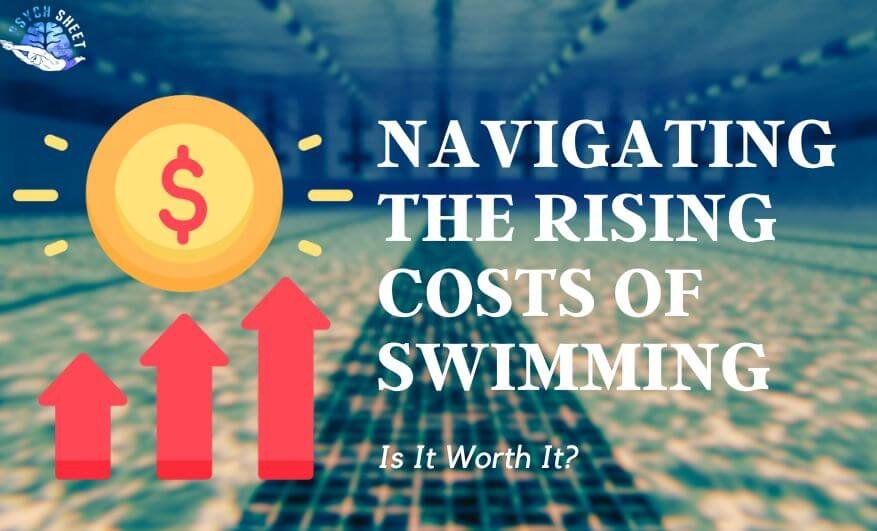Navigating the Rising Costs of Swimming: Is It Worth It?

In today’s world, the cost of swimming is steadily climbing higher. From monthly training fees reaching into the hundreds to additional expenses like parental time, travel, equipment, and even specialized gear like tech suits, the financial investment in competitive swimming can be daunting. Yet, despite the escalating costs, many parents and athletes still believe it’s worth every penny.
The reality is, participating in competitive swimming can easily equal the cost of a new car, even in today’s market. It’s an investment that goes beyond just monetary value; it’s an investment in a child’s future, their physical and mental well-being, and the invaluable life lessons learned through the sport.
While the financial burden may seem overwhelming, there are numerous positives and experiences that come with the decision to commit to swimming. One of the most significant benefits is the opportunity for personal growth and development. Swimming is a sport that favors no one but rather rewards hard work, dedication, and self-discipline. These are essential qualities that extend far beyond the pool, benefiting children in their academic pursuits, musical endeavors, and other sports.
Moreover, swimming fosters important life skills such as self-reliance and teamwork. Swimmers learn to push their limits, set goals, and work collaboratively with coaches and teammates to achieve success. These lessons are invaluable, shaping swimmers into resilient and determined individuals prepared to tackle challenges both in and out of the water.
However, one aspect that often is overlooked but is equally important is mental training. In the competitive realm of swimming, where races are often won or lost by mere fractions of a second, mental fortitude plays a crucial role. Mental training techniques, such as visualization, goal-setting, and mindfulness, can significantly enhance an athlete’s performance and overall well-being.
Psych Sheet, a term familiar to every swimmer, serves as the starting point for mental training. It provides a roadmap for swimmers to set their intentions, visualize their races, and mentally prepare for competition. Investing in mental training not only enhances performance but also equips athletes with essential coping mechanisms to navigate the pressures of competition and overcome setbacks.
In essence, mental training is not just a supplement to physical training; it is a fundamental component of holistic athlete development. By prioritizing mental well-being alongside physical conditioning, parents and coaches empower young swimmers to thrive both in and out of the pool.
So, despite the escalating costs, the decision to invest in competitive swimming is one that many families continue to make. The benefits, both tangible and intangible, far outweigh the financial burden. From the lessons learned to the experiences shared, swimming offers a unique opportunity for personal growth, camaraderie, and achievement.
In the end, the cost of swimming is not just a financial investment; it’s an investment in the future of our children. It’s a commitment to their physical and mental well-being, their personal development, and their pursuit of excellence. And for those who have chosen this path, the rewards are immeasurable. So, let’s continue to support our young swimmers, nurture their talents, and empower them to reach new heights both in the pool and beyond.
See you at the pool,
Coach Mike
